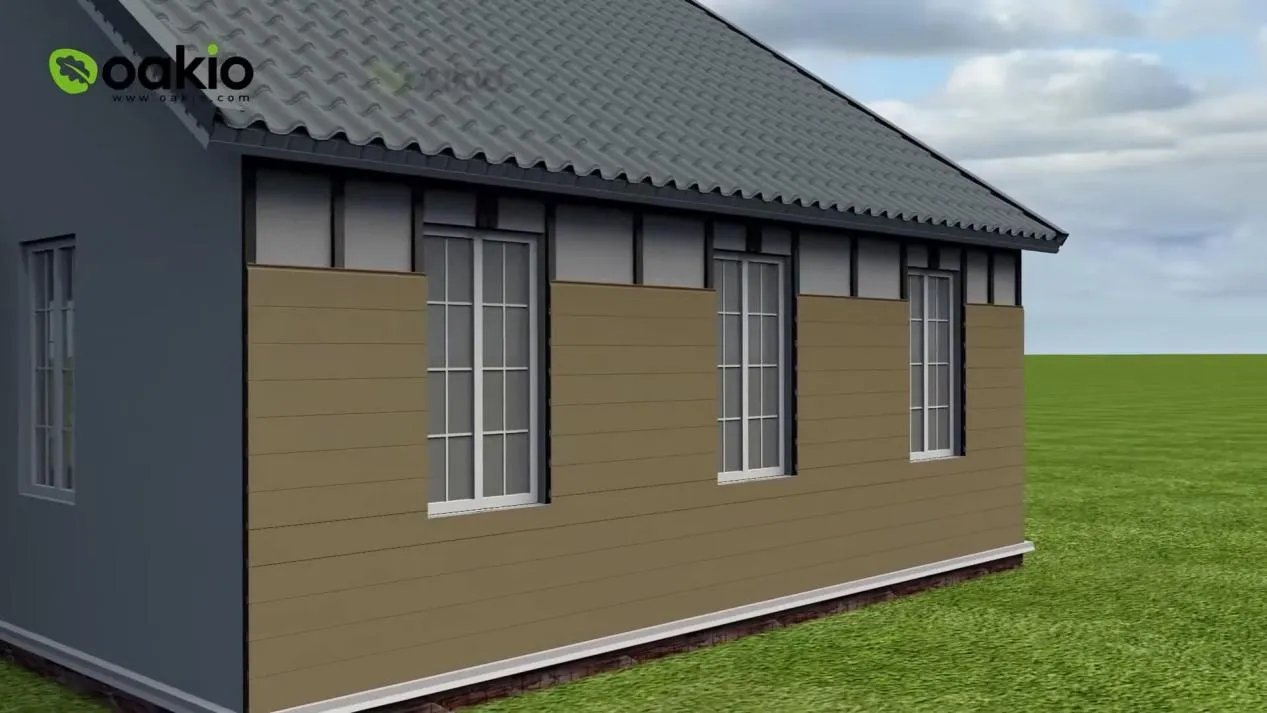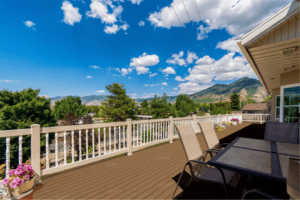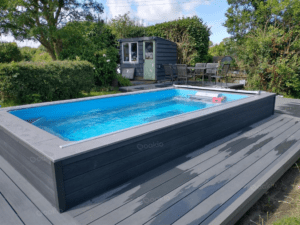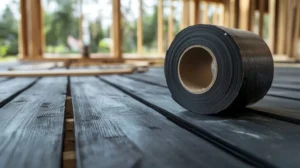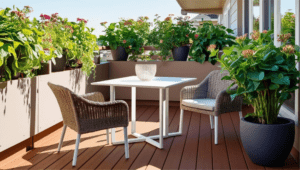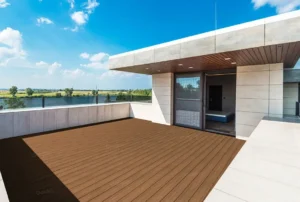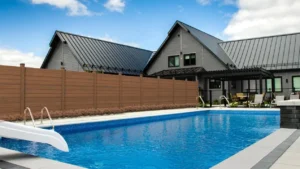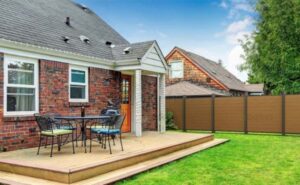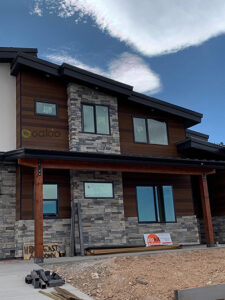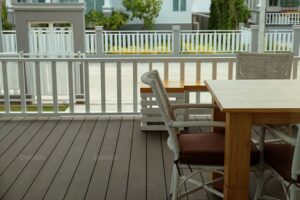Creative Ways to Use Cladding Beyond the Walls
Your property’s cladding is one of the first features your guests will see, whether they’re just visiting or buyers interested in buying a new house. Basically, cladding is your house’s most visible layer.
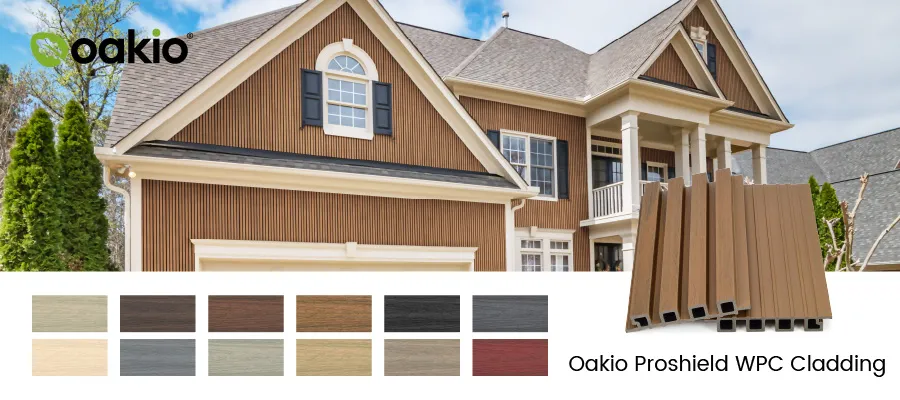
The word itself is defined as the application of a material over another to provide an outer layer. Specifically, in construction, it is used to provide a degree of thermal insulation and weather resistance. Those are its practical uses, but cladding can also enhance the appearance of buildings.
The versatility of cladding materials makes this possible. Modern designs and materials can be used creatively in various applications. This guide will discuss unique ideas that can make your composite cladding or siding shine. Read on.
What Are Some Unique Applications for Cladding in Outdoor Spaces?
From being a wonderful backdrop for your house’s other features to how it can be integrated into garden designs, cladding can take your property’s visual appeal to a whole new level.
Cladding as Backdrop
Style meets purpose when composite wood cladding is used as a backdrop for outdoor shelving. The right cladding can enhance storage solutions as a weather-resistant surface while adding texture and color to your outdoor spaces.
Integrating Cladding With Garden Designs
Cladding can define your garden paths, as well as create raised planters. You can integrate natural materials, guaranteeing durability and cohesion across your garden space.
“Enhance garden design by incorporating decking and cladding elements as architectural accents and features,” specialists at Pro Landscaper Magazine advise. More than creating visual interest in your outdoor space, they can provide structural support where it is needed.
Outdoor Furniture’s Cladding
The right composite exterior cladding can showcase amazing potential when constructed near benches or tables and can provide seamless blending with the landscape.
Aside from its harmonious integration with your landscape, cladding also improves natural aesthetics while providing durability and low-maintenance functionality.
How Can Cladding Enhance Architectural Features?
Aside from highlighting the allure of your outdoor spaces, the right cladding also enhances your property’s architectural features, from creating captivating accents to synergizing with water features.
Creating Striking Architectural Accents
Imagine cladding laid out with architectural accents. This feature can enhance pergolas and trees by adding contrast and texture, creating accents that pop out. It can highlight and create an element of depth, visual interest, and cohesion.
Defining Spaces Without Obstructions
Cladding doesn’t just serve the purpose of safeguarding your building from harsh weather but can also work as privacy screens or partitions that define spaces. You can create separation while maintaining openness and views, balancing privacy and aesthetics.
Highlighting Water Features
Cladding can co-exist with your property’s water features, unifying them with surrounding elements to improve the overall beauty and cohesion of your outdoor spaces. For composite cladding or siding that is moisture-resistant, consider Oakio’s Proshield WPC wall cladding systems.
In What Ways Can Cladding Be Used for Interior Design?
Cladding can also look good with your interior design. You can use it as a decorative element, to create unique pieces, or enhance your lighting features.
Cladding as a Decorative Feature
The right cladding can also work as a decorative feature to contrast against ceilings or wainscoting to introduce texture and warmth. Apart from adding visual interest, it also enhances your interiors’ aesthetics, taking them to new horizons.
As Unique Furniture Pieces
Cladding may also be applied to furniture like headboards or room dividers, adding texture and acting as a break from the rest of your wall designs. It can transforms ordinary decorative pieces into statement items, enhancing both style and functionality within interiors.
Enhancing Lighting Fixtures
Claddings are also the perfect complement to lighting features by incorporating backlit panels, creating a soft, ambient glow. This adds warmth, depth, and a modern touch, transforming fixtures into both a functional and aesthetic element.
Can Cladding Be Integrated into Landscaping Design?
Certainly, you can integrate cladding in landscaping. You can coordinate or outright build your retaining walls with the same material as your cladding to delineate garden borders. These add texture, structure, and cohesion to the rest of your landscaping.
In outdoor kitchens or barbecue areas, cladding can improve how your space looks with materials like stone or wood and create a more unified look. It also provides durability and weather resistance, ideal for high-use spaces. Just make sure to follow safety precautions and code when constructing anything around a fire. In most cases, heat shields might be necessary.
They are also ideal for pathways and steps, promoting functionality and visual appeal. Choose the best materials to create attractive, long-lasting surfaces that withstand outdoor elements while elevating your space’s overall design.
Conclusion
Cladding offers exceptional versatility, beating traditional expectations. Whether enhancing outdoor furniture, creating striking garden features, or transforming interior spaces like walls, ceilings, and furniture, the possibilities are limitless.
Think creatively and you can introduce aesthetic appeal and functionality to your projects. From outdoor kitchens and pathways to indoor accents like headboards and room dividers, cladding elevates the design of spaces with style and durability.
For your next home improvement project, embrace these innovative ideas and unlock the full potential of cladding with Oakio, whose wide range of claddings provides you with long-lasting style, effortless maintenance, and design freedom. Spark up your imagination and turn your ordinary properties into dynamic environments. Consider Oakio for your space.
FAQs
What types of materials are commonly used for cladding?
Common cladding materials include wood for warmth, composite for durability, stone for texture, and metal for modern, sleek finishes, offering versatility and style.
Is cladding suitable for all weather conditions?
No, because it depends on the cladding material. Wood is the most common type, but composites are becoming more and more popular. Different kinds of composites also offer different levels of protection.
Can I install cladding myself, or should I hire a professional?
It depends on the situation. DIY installation is feasible for simpler cladding materials like composite or wood, but complex materials like stone or metal may require professionals for proper fitting and durability.
Trending Reading
What Are the Differences Between the WPC Board and PVC Board?
[2025 Update] How Long Does WPC Decking Last?
